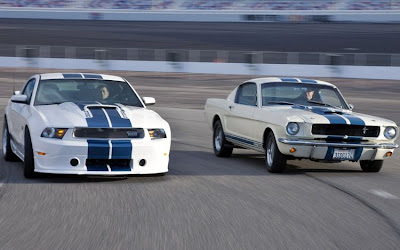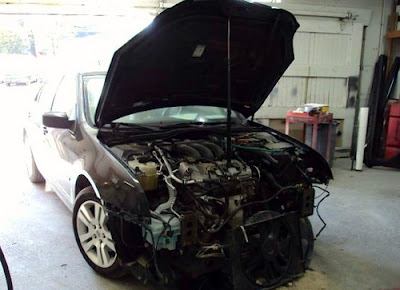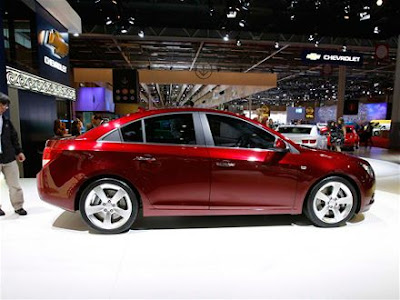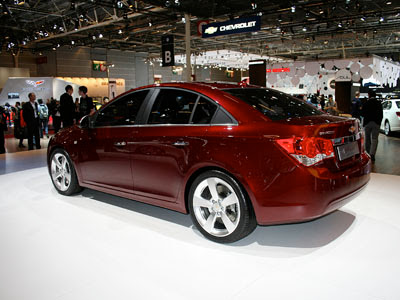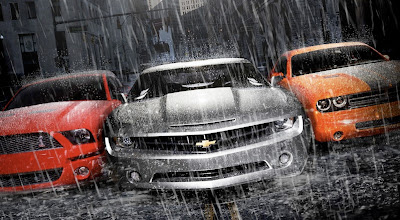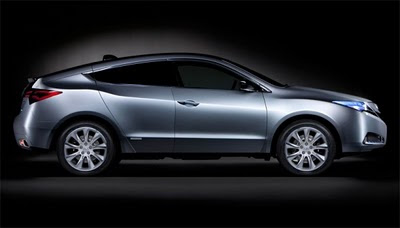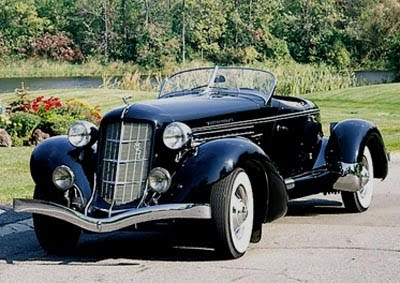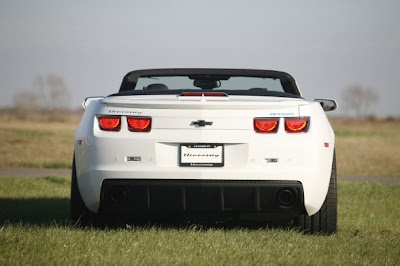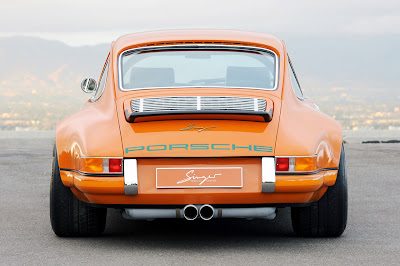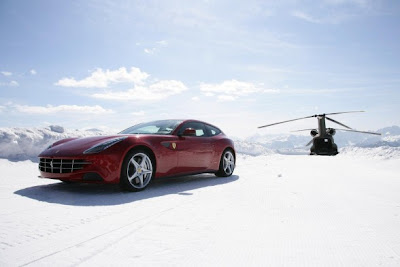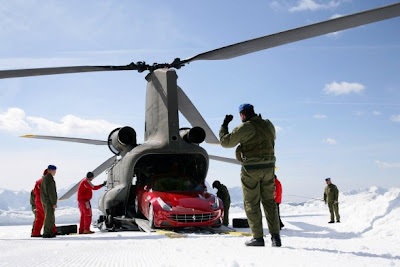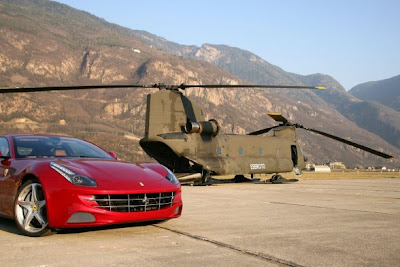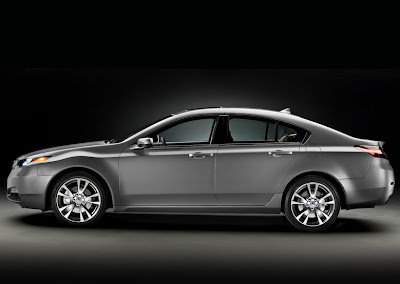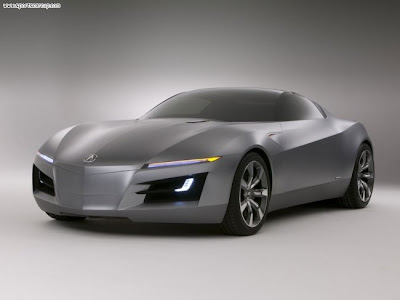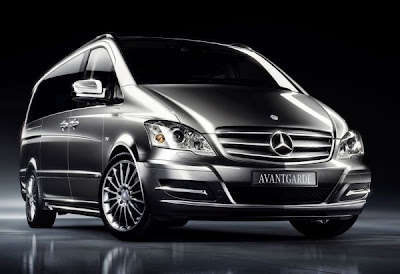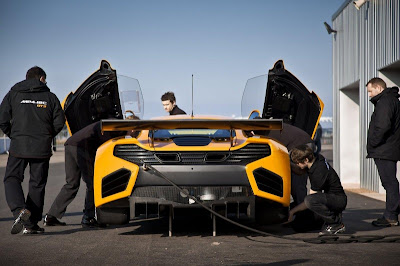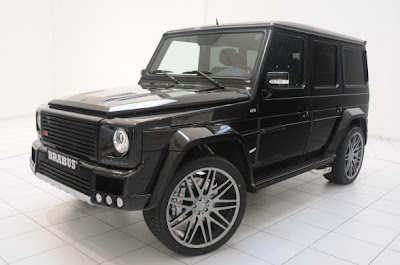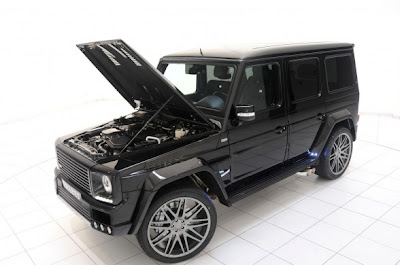Is it better to buy a used car - or spring for a new one? There are pros and cons to consider with either alternative. Here's the skinny:
New car pros, Probably the biggest single pro is the car itself. Since it's brand-new, it's never been driven by someone else. Possible abuse or failure on the part of a previous owner to have properly maintained the car are two things you don't have to worry about. Another big pro is that new cars are not unique. One 2008 Model X is going to be exactly the same as all the others on the lot - and more importantly, on another dealer's lot. You don't have to agonize about "losing" that one-of-a-kind low-miles, metallic red coupe with just the equipment you wanted. If you're getting the hard-sell at one dealership, move to the next one on your list. His new cars will be the same as the other guy's new cars. But his deals might be better.
The third big pro to buying a new car is the new car warranty. Everything from the rubber to the roof is covered - and will be, for at least the next three years and 36,000 miles (the minimum comprehensive warranty on any 2008 model year vehicle; some manufacturers offer even longer-lived comprehensive warranties - and many have limited powertrain warranties that cover big ticket items like the engine and transmission for as long as ten years and 100,000 miles). Bottom line: Even if something does go wrong, someone else will be paying for it. So one less thing to worry about.
A fourth really big pro with new cars is you can pick and choose exactly what you want - from color to options. It's true that dealers often want you to buy a car "from inventory" - meaning, choose one from among the cars sitting on his lot. But assuming the model you're interested in hasn't been cancelled and is still being produced, you can insist on ordering it with everything you want - and nothing you don't. It's your money, after all. Get what you want with it.

New car cons, The big one is the bottom line: New cars cost more than used cars. A new car is at the very peak of its value and even with rebates, discounts and haggling, you will be paying top dollar. If it's a just-launched/popular model, expect to pay full MSRP sticker - and maybe some more on top of that.
Con number two is related to con number one: New cars depreciate (lose value) quickly. On average, 10-20 percent of their original sales price during the first year of ownership. That comes right out of your pocket - and should be factored into your purchasing decision, particularly if you know you will be trading it in within five years or so.
The third big con that comes with the keys to a new car are the "peripheral costs" - things like taxes (including personal property taxes) as well as (usually) higher insurance costs - especially if you are going from an older, low-value car to one that's got a replacement value of many tens of thousands of dollars. Also, some types of cars can cost a lot more to insure than many people realize - until after they've committed to buying the car. High-performance sports cars, for example. It's wise to ask your insurance company about the cost of covering the car you're thinking of buying - before you buy. And factor any applicable taxes/fees you'll have to pay into your decision.
Used car pros, You'll pay less "up front." Usually, much less.
That's probably the single biggest advantage to buying a used car. Even a slightly used car (such as a former lease car that's only 2-3 years old) will cost considerably less than a brand-new version of the same make/model car.
Number two, someone else "ate" the depreciation. Most of it, at any rate. Yes, a used car will continue to lose value the older it gets and the more miles you clock; however, the year-to-year differential is almost always less with a used car. Where a brand-new car might be worth 30 percent less than you paid for it by the time two years have passed, your used car will typically lose only about 10-15 percent of its value over the same time period. After a certain point (after about 5-7 years) the value of a used vehicle stabilizes, with further erosions in value amounting to an ever-lower percentage of the vehicle's total worth.
Third, you'll usually save a lot of money on things like personal property taxes and insurance with a used car. Property taxes are based on retail value; the lower that amount, the lower your tax bill. Where a new car might cost you $500 per year in property taxes, a 3-5 year-old car might cost you $150 or less. Over a five-year period, that can add up to a considerable savings. And while insurance companies like to talk up the latest safety advantages of brand-new cars, the actual discounts they offer are often very small relative to the total premium - which is based to a great extent on the "replacement value" of the vehicle insured. New cars cost more to replace. It's as simple as that.
A final "pro" with late-model used cars is that they are generally much better-built, longer-lived and reliable than used cars once were. In the '70s, a three-year-old car with 40,000 miles on it was well into vehicular middle age. But today, a late model used car with 40,000 miles is still a baby; even with 75,000 miles on it, things should be ok for at least another 50,000 miles - assuming proper treatment by its previous owner and the same good stewardship by you! Plus, as new car warranties grow longer-lived, many late-model used cars are at least partially still covered. And you can usually purchase an extended warranty for additional piece-of-mind.
Used car cons
You don't always know what you are getting. Who knows how it was treated by its previous owner(s)? It may have been abused - or just not serviced per the factory recommendations. Problems related to lack of said service (or abuse) could be on the verge of manifesting themselves - and leaving you holding the bag for repair costs. The vehicle might have been in a wreck; or maybe under water. Sometimes, these things can be hard to detect. With a new car, you have to worry about the MSRP; with a used car, you have to worry about the price you pay - and the car itself, too.
Another big con with used cars is you will likely have less freedom of choice - and thus, be under greater pressure to buy the car you're looking at - because you know it will be tough to find another just like it, with the same options, in the same color, with the same mileage, etc. The seller knows this, too. It's harder to walk away because if you do, you know you're back to square one.
The third con is the biggest one. A used car is... used. It will have flaws (paint chips, minor damage, stains on the carpet, etc.) and it has less useful life left in it. No matter how gently you drive, no matter how rigorously you service it, a used car will not last as long as a brand-new car. You'll be paying for maintenance items more often - and the "curve" will trend upward - and faster. A used car with 40,000 miles on it is simply more likely, statistically speaking, to need things like a new transmission relative to a brand-new car with zero miles on the clock.
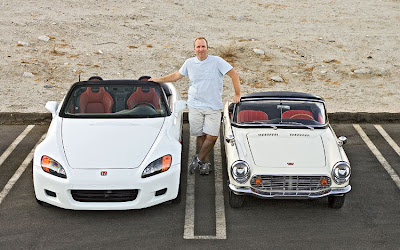
Bottom line, With older cars, you're basically gambling - hoping you won't be dealing with major problems on the "back end" while saving a bunch of money on the "front end." Sometimes that pays off; sometimes, it doesn't. The new car buyer is more or less guaranteed against losing big bucks as a result of failures/defects - because they should be covered under warranty. But he's also guaranteed to pay more on the "front end," too. It all comes down to this: How much money would you like to save - and how much potential risk are you're willing to assume? Know the answer to that question - and you'll know how the pros and cons really stack up!






